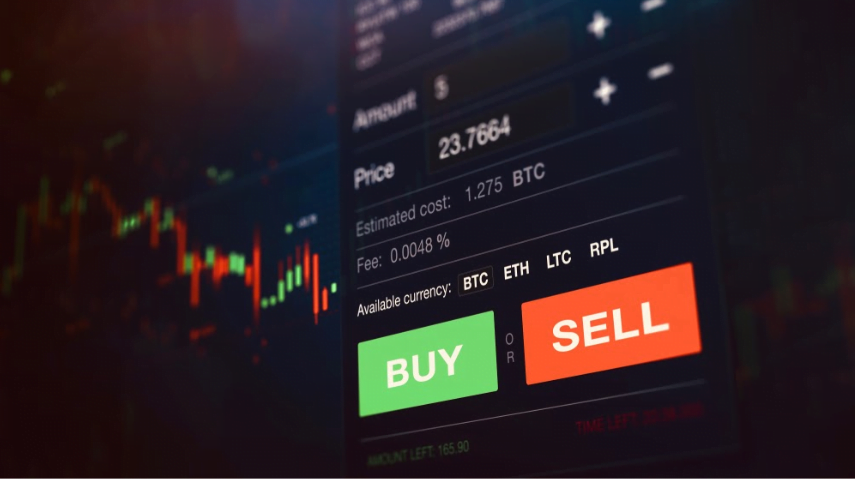
Market Orders
Market orders are a buy or sell order that will be placed immediately for the current market price of the asset. Market orders are the most common for simple buying or selling of cryptocurrency assets as an investor.
Market orders must be placed live, and requires manual placement by a trader. This can allow a trader to get the best possible entry or exit depending on the current price action, due to watching the price action unfold live, it is a stressful strategy that can also play against some traders.
Market orders can also be used to exit a position as quickly as possible, if a trader suddenly becomes uncomfortable with the market conditions. This may be the best option in case a trader has executed an order with a typo or took a position opposite they wanted to take.
Every trader with some experience level has mistakenly pressed buy instead of sell, or vice versa.
Limit Orders
Limit orders are placed the moment the asset’s price reaches the set number where the trader would like the order to execute at.
This type of order can be placed as a buy or sell order, and is used to get an ideal entry or exit to maximize profit and minimize risk.
Limit orders can be used as part of a detailed trading plan involving many advanced trading concepts such as support and resistance, chart patterns, and indicators such as moving averages.
Traders would place this type of order at support or resistance, or where a moving average lies that may cause a reaction of buying or selling when price approaches.
Stop Loss Orders
Stop orders, also called stop loss orders, are another type of order that triggers when price reaches a set amount. These types of orders are designed to “stop” losses from getting out of control.
Stop orders are often added to market or limit orders, or placed separately after a position is taken. This varies from platform to platform, but the way the order type works is always the same.
Take Profit Orders
Take profit orders are another order type, similar to a stop loss. This type of order acts as a limit order that triggers when a certain price target is reached.
This type of order exits any open positions with a corresponding order of the opposite type. A buy order with a take profit would trigger a sell order the moment the target is reached.
OCO Orders
OCO orders are short for “one cancels the other.” This is essentially a type of order that also includes a second limit order that is triggered the moment the take profit is hit on the first order type.
For example, a trader could open a buy order that when it reaches its target resistance, immediately turns into a sell order to ride the price action back down.
Timeframe Orders
More advanced trading platforms offer the ability to control duration. Traders can select GTC or “good til cancelled” or “Day” if they prefer the order expires after a certain amount of time.
Unless the trading plan specifically calls for a long term target for entry that you simply don’t want to miss, it is recommended to select “Day.” It can lead to unexpected dangerous losses if an order triggers from weeks prior at a level that has since been invalidated.
Conditional Orders
Other conditional orders are available depending on the platform. These include All or None, Immediate or Cancel, or Kill or Fill.
All or None orders will reject any orders that aren’t for the full sum of an asset chosen. For example, a trader wants to buy 10 BTC. Unless specified, only some of the order could fill at the current price level, leaving a trader exposed.
Immediate or Cancel orders are orders designed to fill within a certain timeframe, typically very short durations.
Kill or Fill orders combine the two and kill the order within a certain timeframe if the full sum of an asset isn’t filled in one order.